Those most affected by modern agriculture
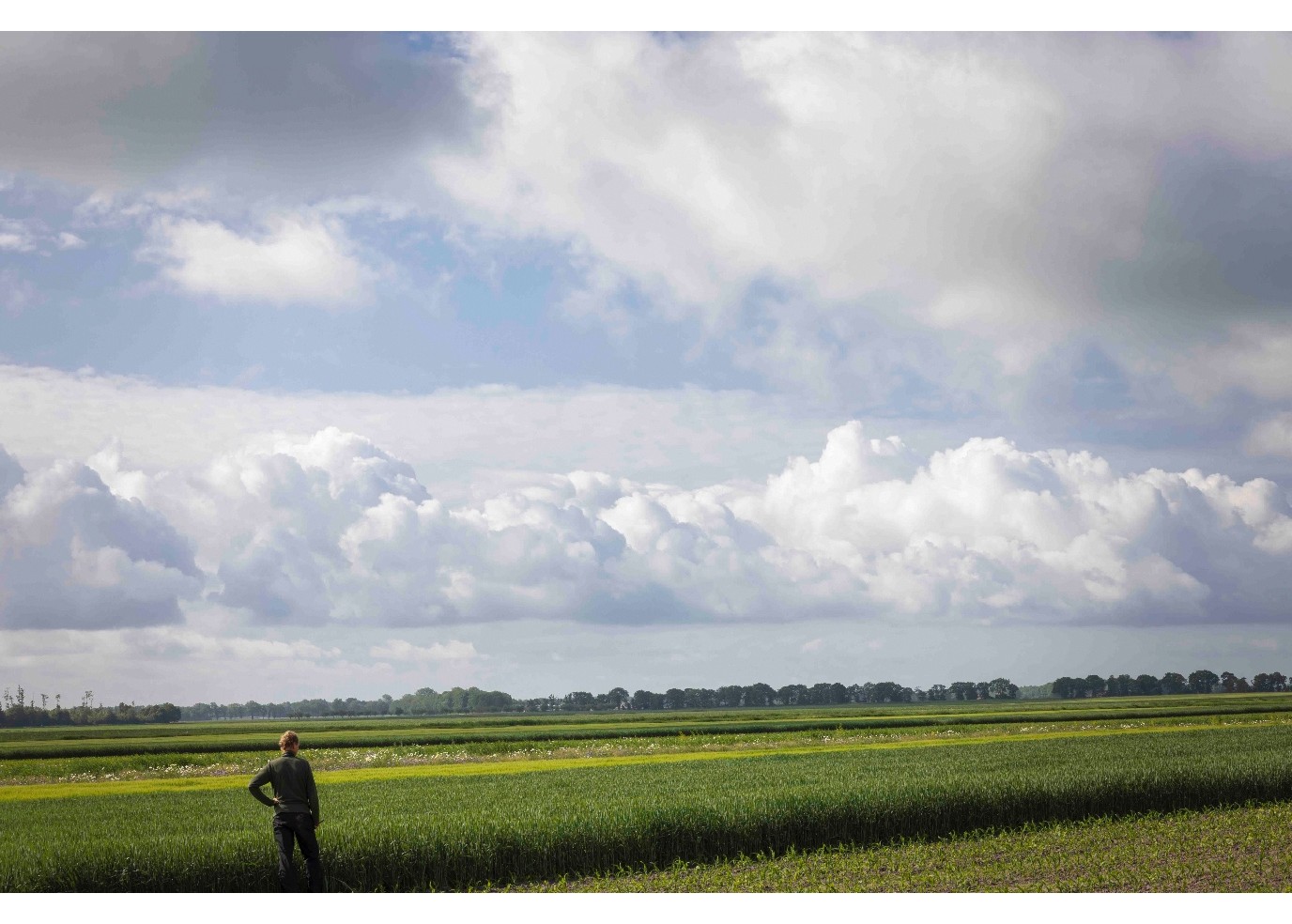
‘Arable farming systems used to be very diverse, with all kinds of different crops and therefore a rich biodiversity,’ says Raymond Klaassen, ecologist at the University of Groningen. Nowadays, however, farmers only grow a limited number of crops, which has significant consequences for the animals that live there. Klaassen researches what adjustments farmers could make to improve the conditions for the species most affected by modern agriculture, such as the skylark.
FSE Science Newsroom | Text Charlotte Vlek | Images Leoni von Ristok
This is the final article in a three-part series about sustainable agriculture research at the Faculty of Science and Engineering at the University of Groningen. Previous articles explored healthy soil and self-reliant plants.
‘In East Groningen, a region I frequently visit, farmers mainly grow sugar beet, winter wheat, and starch potatoes,’ Klaassen explains. ‘These crops contribute very little to a healthy human diet: sugar beets are processed into sugar, winter wheat is used for animal feed, and potatoes are grown for the starch industry.’ In other words, a rather undiversified landscape, but you can’t blame the farmers, Klaassen is quick to add, because these crops are the only way they can still earn enough to make a living.
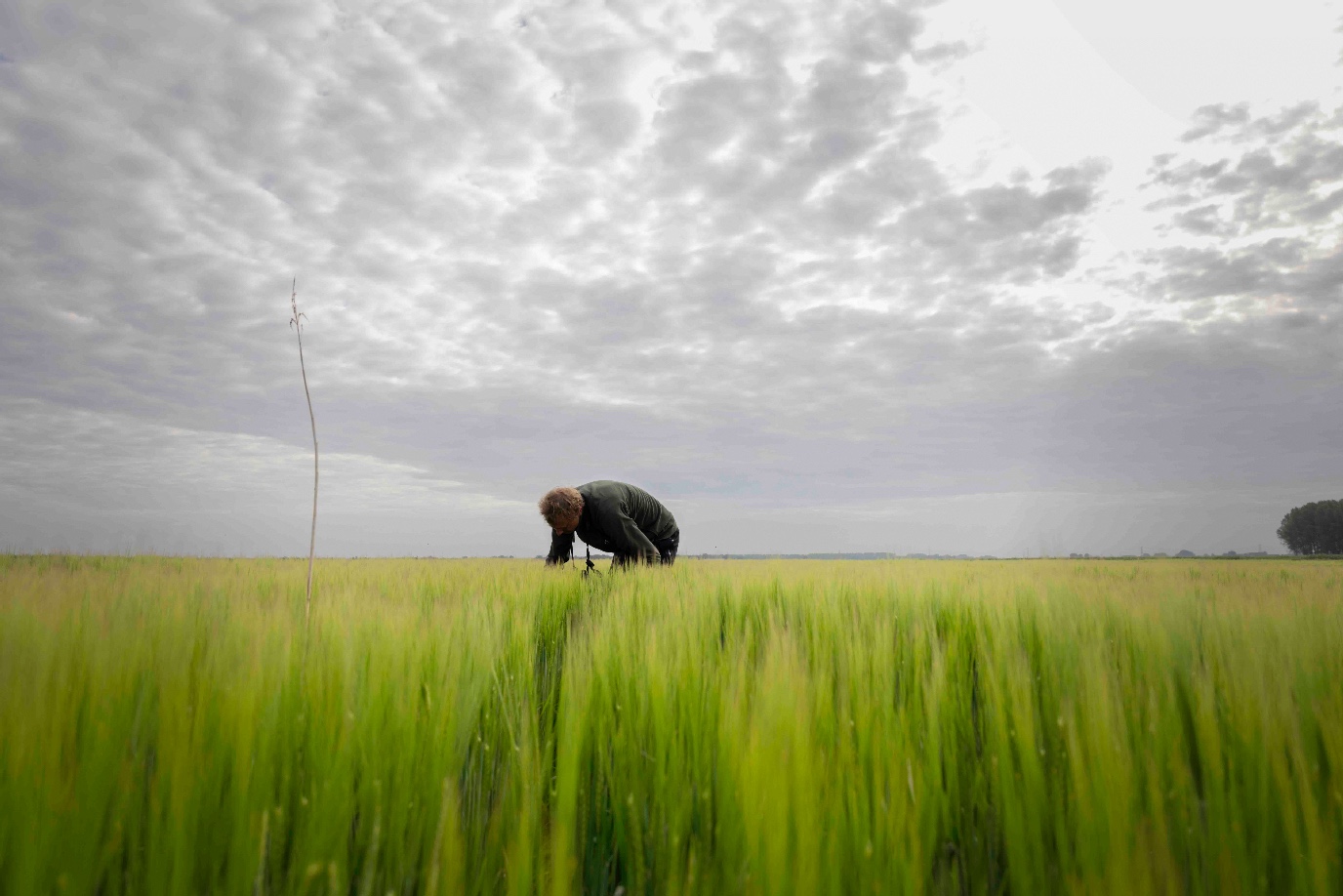
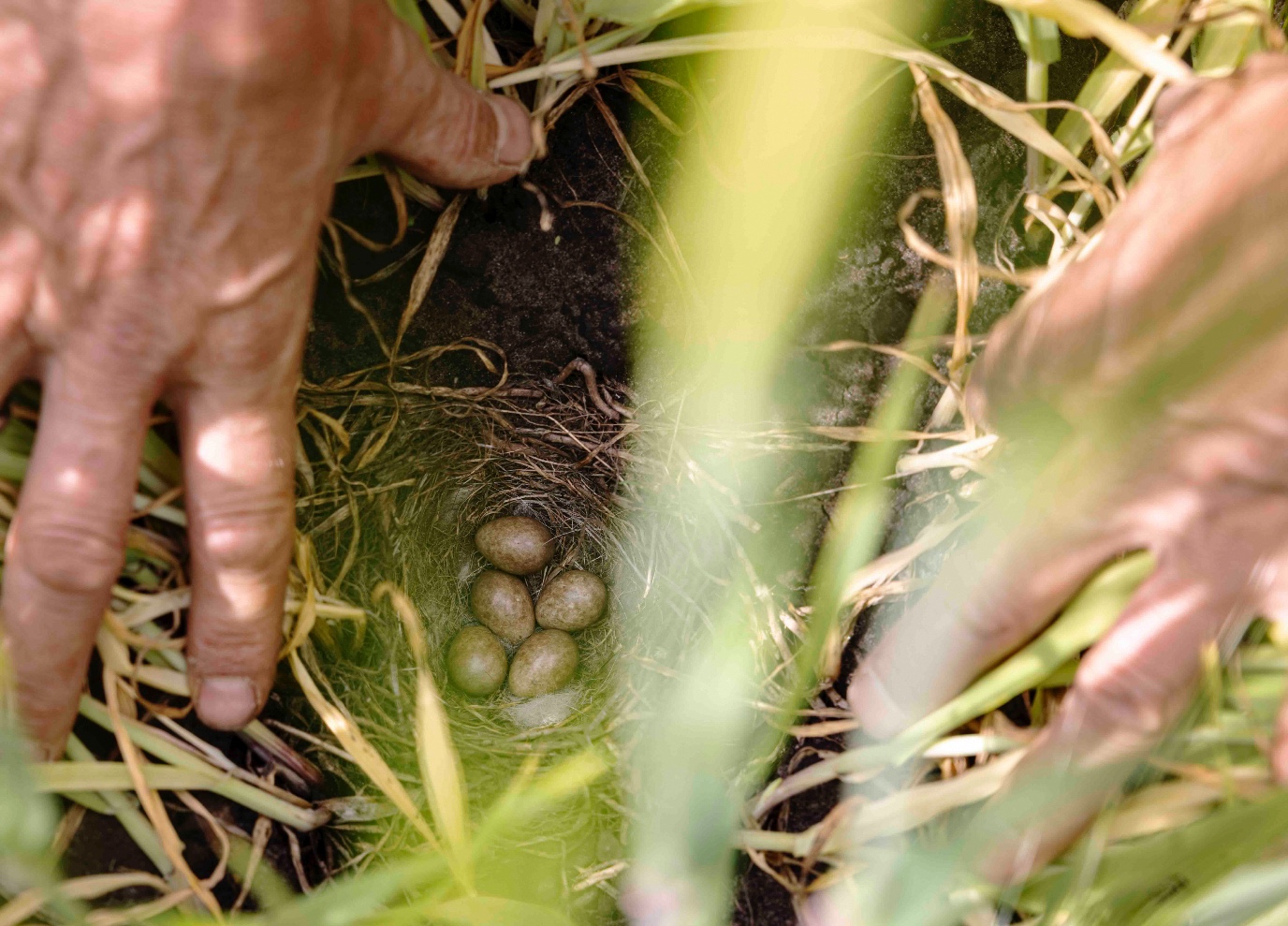
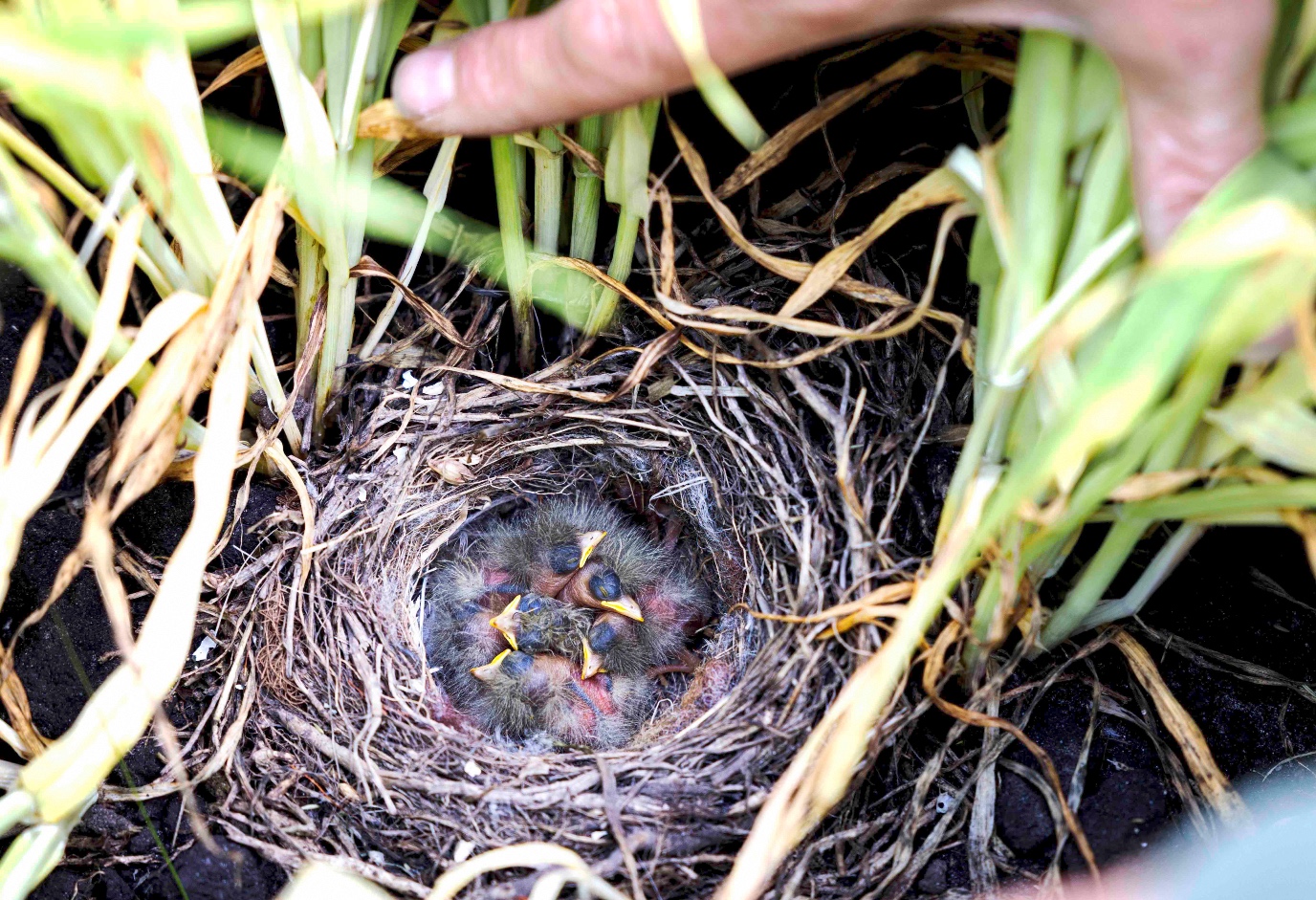
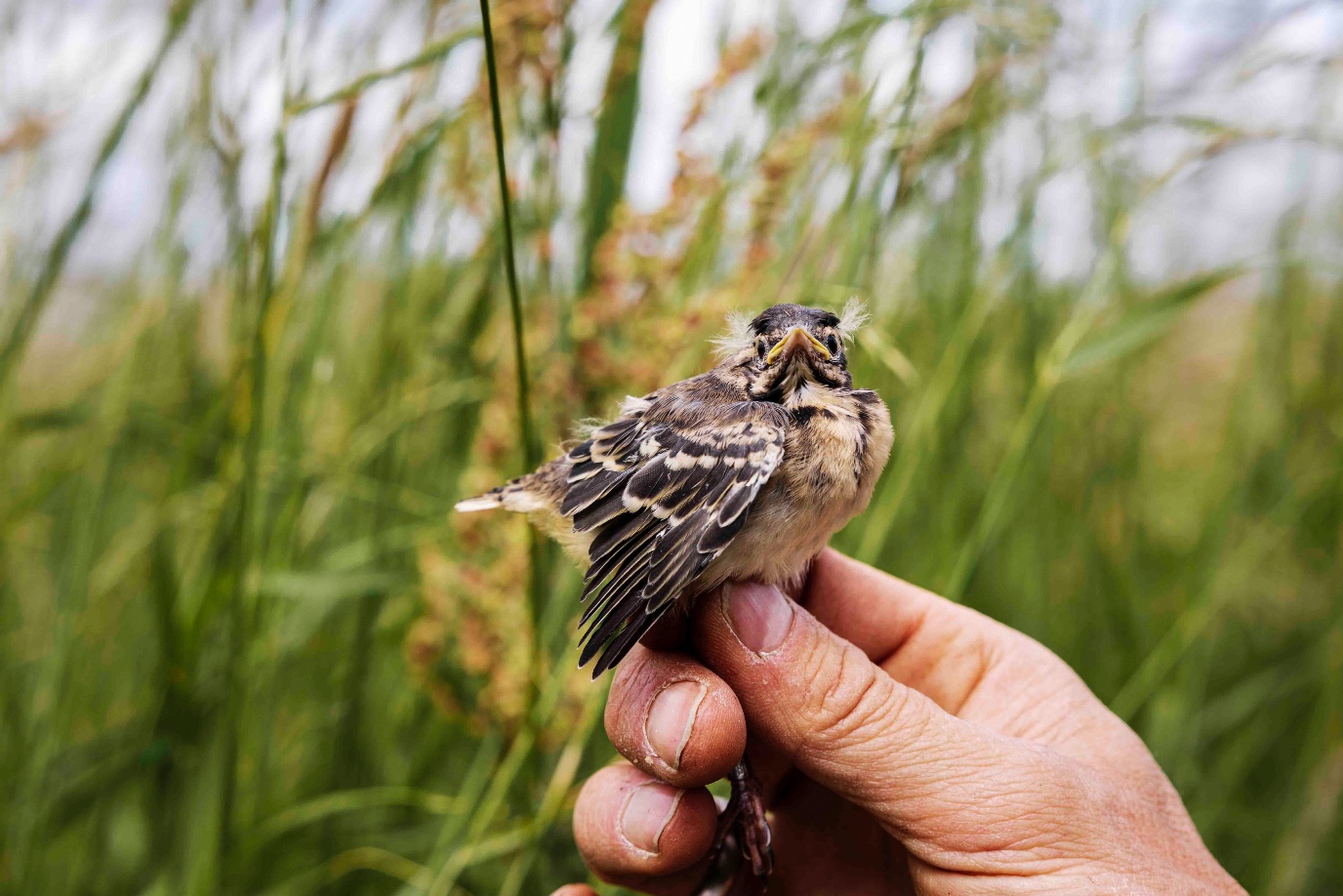
When I show a farmer a skylark’s nest, they naturally want to protect it. But what can they do?
This crop uniformity is not great for birds, which is evident in the skylark population, which has declined by 95 percent since 1960. Meanwhile, the yellow wagtail, a similar farmland bird, is doing quite well. Klaassen is collaborating with farmers to find out how the skylark differs from the yellow wagtail and what is needed to increase the population again. ‘When I show a farmer a skylark’s nest, they naturally want to protect it. But you can also see that they lack the necessary knowledge. After all, what can they do?’
Fewer pesticides or fertilizers, alternative crops?
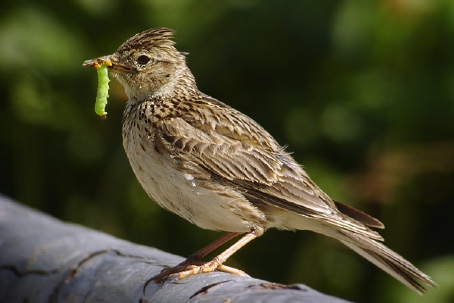
Klaassen’s analyses show that it is mainly the monoculture of crops that is affecting the birds. Of course, fertilizers and pesticides do not help either, but the lack of variety in crops and landscape emerges as a particularly important factor. As a result, Klaassen is conducting experiments together with farmers. For instance, what if they plant narrower strips with different crops next to each other, or introduce a different crop once every four years? After potatoes, beets, and winter wheat, how about alfalfa or field beans? Those are protein crops, each with their own cultivation method and growth pattern, and this crop diversity is ultimately beneficial for biodiversity, including farmland birds.
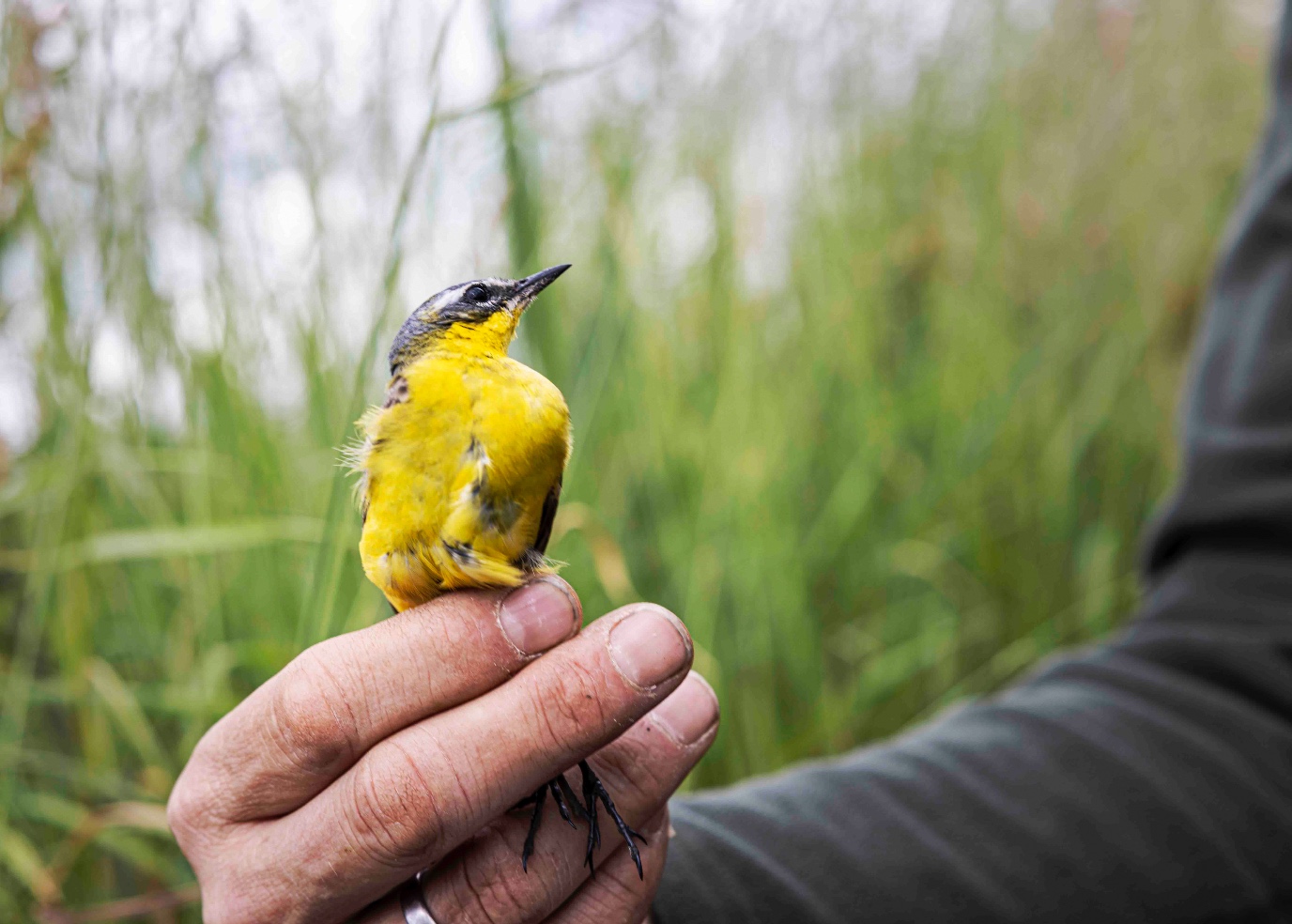
Farmers are aware that what they are currently doing is not sustainable for the soil in the long term
The downside is that farmers do not make enough money from these protein crops to make it worth their while under the current system. In this experiment, the farmers who took part were compensated for it. Klaassen: ‘A protein crop like this, however, has a very positive effect on the soil: it transfers nitrogen from the air into the soil, which in turn benefits the farmer.’ That is why research is also being conducted into the condition of the soil after growing such protein crops, and what effect this has on the yield of the next crop grown on that field. ‘Farmers are very keen to participate in this experiment,’ Klaassen continues. ‘They are aware that what they are currently doing is not sustainable for the soil in the long term.’
Ground beetles as an indicator for diversity
Klaassen is also measuring biodiversity in two trial areas for nature-inclusive agriculture, Westeresch and Midwolder Bouwten. He conducts these measurements by observing the ground beetles present on the land: ‘The ground beetle community provides us with a lot of information. When farming is very intensive, you only see one or two species of ground beetles. In nature-inclusive agriculture, on the other hand, you find more species of ground beetles and other species too: more species that also occur in the wild.
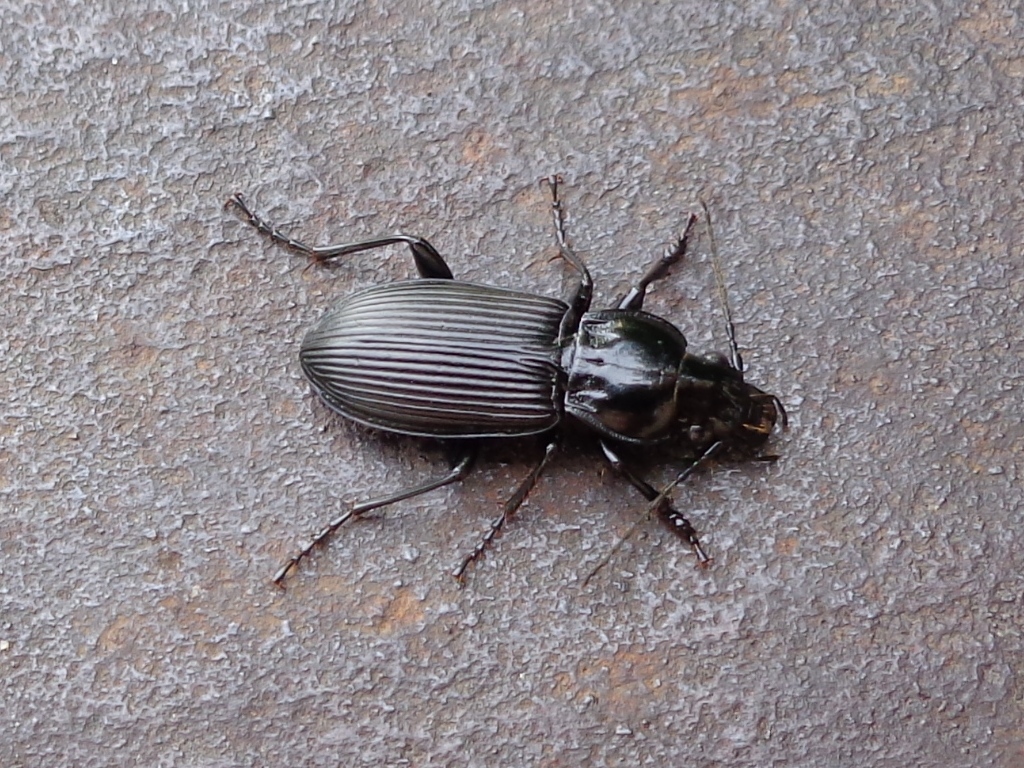
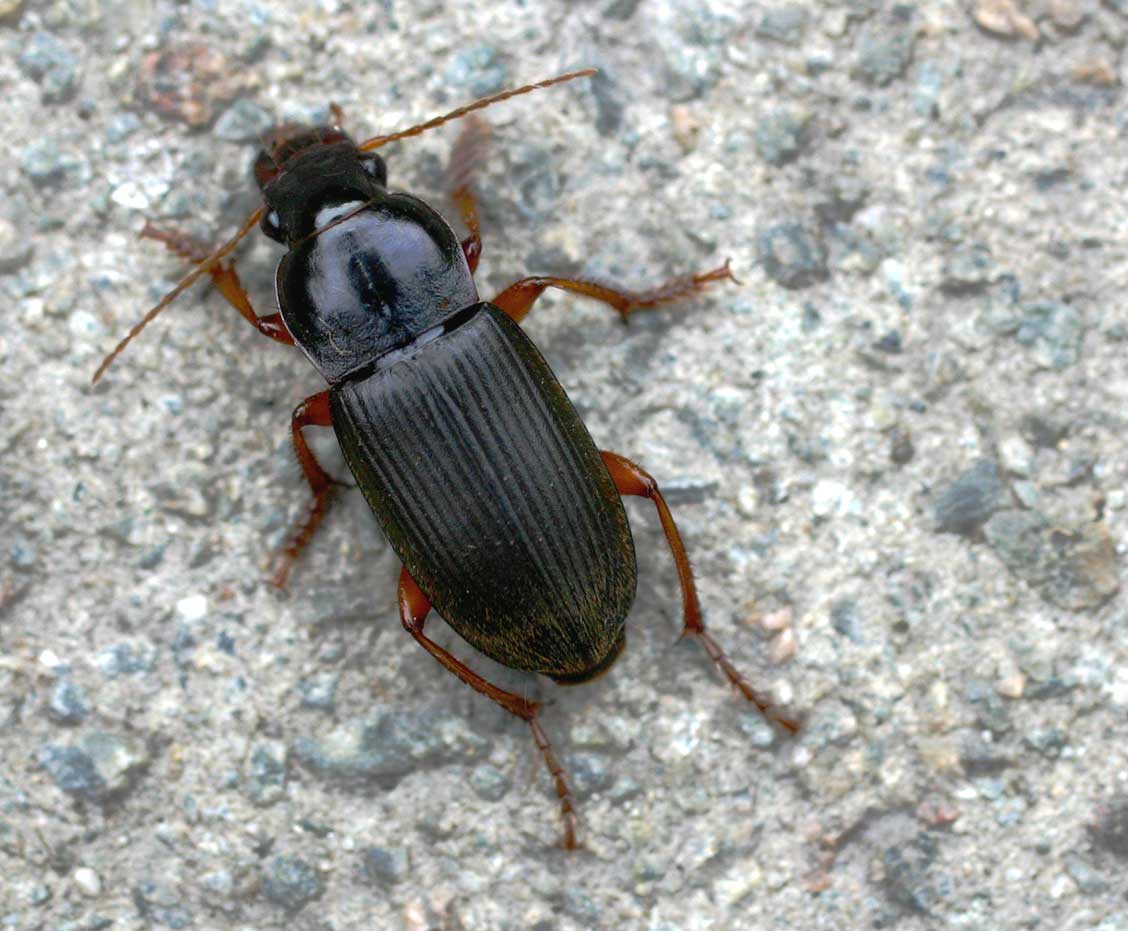
Some of these ground beetles can actually play a useful role in agriculture. Klaassen describes the red-legged ground beetle, for example, which likes to climb into the stalks of plants to eat aphids — a very useful creature, but one that is rarely found in the conventional intensive farming system. The black ground beetle is much more common, but all it does is run around on the ground.
The impact of slurry on the ground beetle community
Klaassen observed that the type of manure used on the land has a major impact on ground beetles. According to the agroecological principles of nature-inclusive agriculture, only solid manure should be used, but farmers often have tanks full of slurry: a liquid mixture of urine and manure. As part of the Midwolder Bouwten pilot, one of the farmers involved suggested that it was unnecessary to bring in solid manure from elsewhere when they had so much slurry available. They decided to test the use of slurry in a corner of the area. ‘The effect was instantly visible,’ reports Klaassen. ‘I could see straight away from my samples that only “common” ground beetles were present.’
Klaassen’s biodiversity measurements show that the pilot projects are already proving very successful, even though crop yields are still somewhat disappointing. ‘Conventional agriculture naturally produces impressive yields,’ says Klaassen. ‘But when you factor in the impact on the environment and nature, the picture is less rosy. Just think of the pollution of surface water, the nitrogen crisis... In a sustainable landscape, you shouldn’t really want those yields at all.’
Kira Tiedge investigates the chemical substances that plants use to communicate with their environment, to select robust varieties that can better withstand challenging circumstances such as diseases or drought.
Healthy soil does not need chemical fertilizers, is more resilient against pests and diseases, and can take up more water and carbon. But what exactly constitutes healthy soil, and how do we bring it back once it has deteriorated? This is what Professor of Microbiology Joana Falcao Salles and postdoc Barbara Prack McCormick are studying.
More news
-
27 November 2025
Aeroplane spotting using a radio telescope
-
26 November 2025
Why are shiny colours rare yet widespread in nature?
